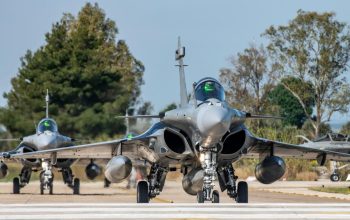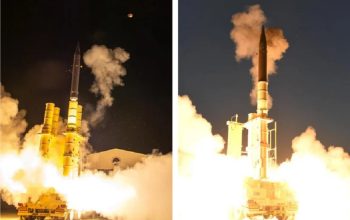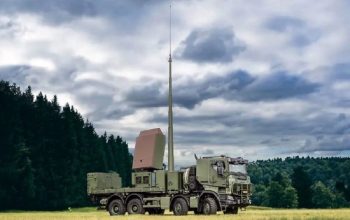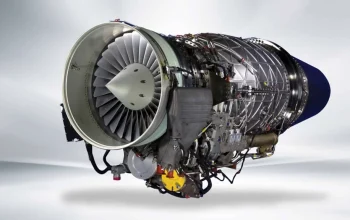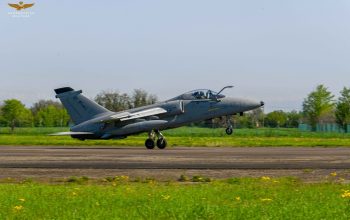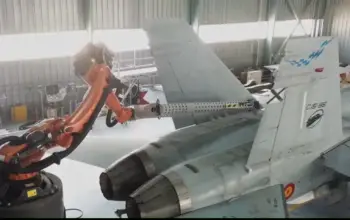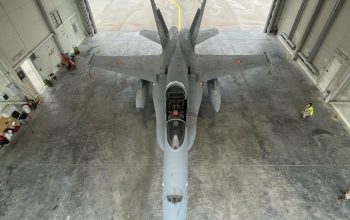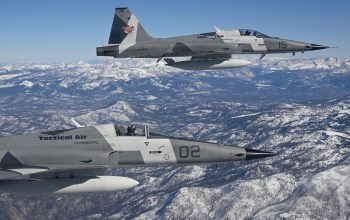Northrop Grumman Systems Corporation, Huntsville, Alabama, was awarded a $1,382,319,836 hybrid (cost-no-fee, cost-plus-fixed-fee, cost-plus-incentive-fee and fixed-price-incentive) contract for low-rate initial production and full-rate production of the Integrated Air and Missile Defense Battle Command System (IBCS). The Integrated Air and Missile Defense Battle Command System is a software-defined, hardware-enabled system that integrates and optimizes every-sensor/best-effector operations using a net-centric Integrated Fire Control Network that senses, identifies, tracks and defeats air and missile threats. Work locations and funding will be determined with each order, with an estimated completion date of Dec. 22, 2026. U.S. Army Contracting Command, Redstone Arsenal, Alabama, is the contracting activity.
The journey to deliver to the Army a capability that integrates air defense radars, launchers and interceptors has been a long and difficult one. The concept of Army Integrated Air and Missile Defense, or AIAMD, was developed nearly 20 years ago as familiar air threats – jet fighters, bombers and attack helicopters – gave way to new and rapidly-evolving threats, from maneuverable ballistic and cruise missiles to small, difficult-to-detect unmanned aircraft and, recently, hypersonic threats. To take on these new threats, the U.S. Army had to find a better
way to get the most out of both its legacy and, importantly, its future air defense capabilities. The solution: open-architecture integration of Army and sister-service sensors, launchers and interceptors into a single, joint command and control (C2) system. The idea was to have the capability to connect both existing and new air defense systems into a single integrated network – an Integrated Fire Control Network – that passes sensor data to a common warfighter-machine interface.
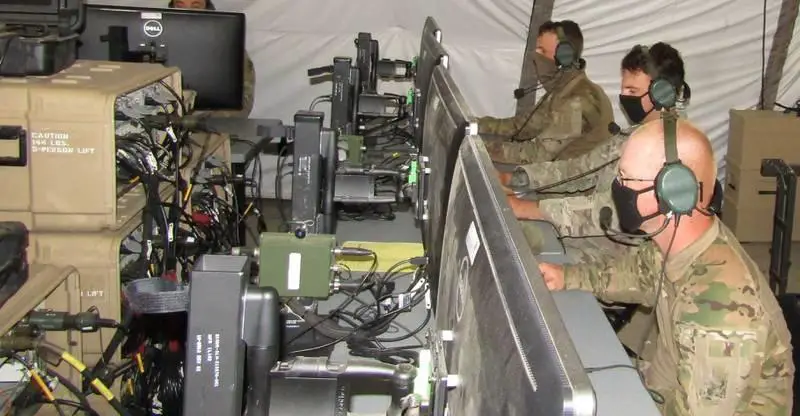
Developed in partnership with Northrop Grumman, the Integrated Air and Missile Defense Battle Command System (IBCS) is the centerpiece of the U.S. Army’s modernization strategy for air and missile defense capability. By networking any sensor with the best effector, IBCS will deliver the most advanced, battle survivable command and control (C2) system for U.S., joint and coalition forces, providing revolutionary multi-domain defense capabilities that will enhance lethality against current threats and enable growth to address future threats. Northrop Grumman designs, develops, builds and sustains some of the world’s most advanced products and systems, including IBCS. Northrop Grumman has successfully developed, manufactured and delivered IBCS major equipment items that include engagement operations centers, integrated fire control network relays and plug-and-fight kits that have been operated by U.S. Army soldiers in highly successful, operationally realistic tests and employed with materiel release and fielding.
The program has cost the U.S. Army roughly $2.7 billion to develop to date and was originally meant to serve only as the command-and-control system for the Army’s future Integrated Air-and-Missile Defense System against regional ballistic missile threats. The program is not only important to the United States but also Poland, the first international customer under contract to purchase the IBCS system for its Patriot batteries. But the service has since expanded its role to tie together a broad array of sensors and shooters capable of defeating other complex threats, such as cruise missiles and unmanned aircraft. The program experienced an almost four-year delay and struggled in a 2016 limited user test. But following several soldier checkouts and other test events over the past few years, the system had a successful limited user test in summer 2020. The system is currently in an initial operational test and evaluation phase expected to wrap up in early 2022.



